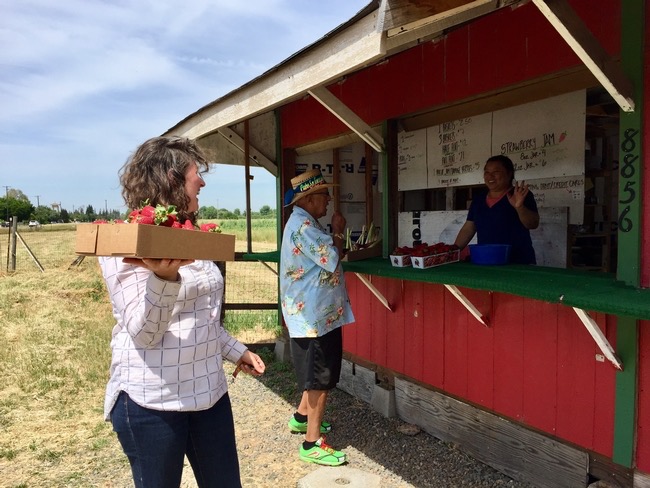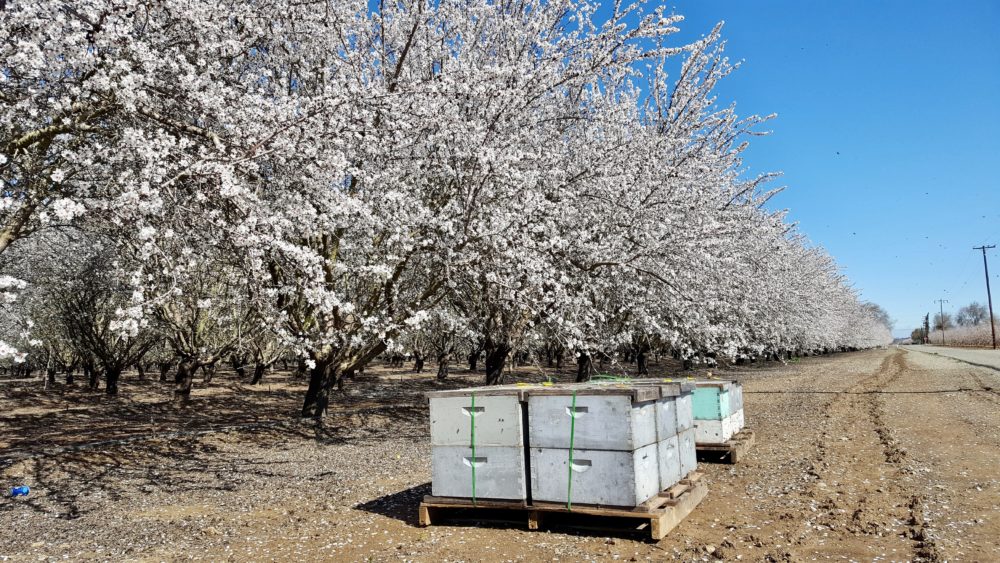iTrade To Help Move Food and Supplies
iTradeNetwork Launches iTradeMarketplace:
A Trading Exchange to Connect Vital Food Supply With Demand During The Time of COVID-19
The free new service establishes trading connections with new partners to match and move food and supplies where they are needed. The Produce Marketing Association signs on as an industry launch partner.
iTradeMarketplace is a new service for buyers, suppliers, packaging companies, and industry associations to gain visibility into where food supplies exist, and demand gaps lie. Designed by iTradeNetwork, it specifically addresses the food supply chain trading gap created by COVID-19 to facilitate new trading partnerships.
COVID-19 immediately impacted the food supply chain, rendering many traditional trading relationships temporarily obsolete.
To respond to the critical need to connect global food supply with demand, iTradeNetwork is offering iTradeMarketplace for free to any company in the food and beverage supply chain, and it only takes a moment to register at the iTradeMarketplace website.
For more than 20 years iTradeNetwork, the leading global provider of supply chain software for the food and beverage industry, has connected over 8,000 companies and facilitated more than $100 billion in annual industry spend. As the platform enabling the industry’s greatest volume of perishables transactions daily, iTradeNetwork recognized it was in a unique position to expand beyond legacy trading relationships and create a marketplace that allows the industry to identify and establish vital new trading partnerships during a particularly extraordinary time.
“Technology can be a powerful ally in times of crisis, and we are putting our platform to use in a new way that helps companies in the food and beverage supply chain navigate these uncertain times. The agility of iTradeMarketplace empowers participants to move at the speed of the crisis and respond to local, as well as global, food supply chain needs,” comments Rhonda Bassett-Spiers, CEO of iTradeNetwork.
The Produce Marketing Association was quick to recognize the importance of this approach and is the first industry body to support iTradeMarketplace and share it with its membership.
“At PMA, we appreciate the opportunity to partner with iTradeMarketplace to give our membership another important resource to help them work through the industry impacts of COVID-19. The connections made through this platform will help alleviate massive supply chain challenges brought on by this crisis, and we commend iTradeNetwork for addressing these needs and collaborating to ensure our industry’s great products are available to consumers,” says PMA CEO, Cathy Burns.
iTradeMarketplace is open to any company or industry association in the food supply chain. To learn more about it, visit itradenetwork.com.





















